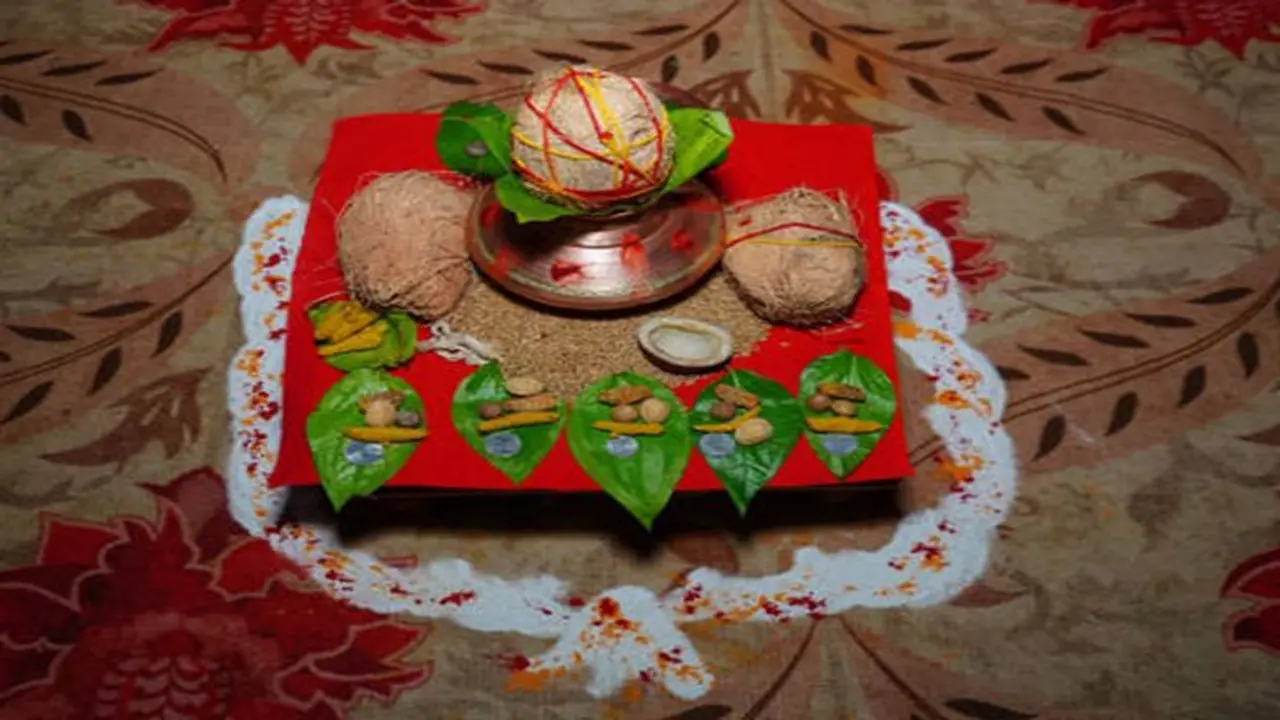This year's Chaitra Navratri starts on Tuesday, April 9th. Kalash is built on the first day of Navratri, and Maa Shailputri, Maa Durga's first form, is worshipped. Establishing Kalash is very important during Navratri. Without this, the worship of the nine days of Navratri is incomplete.
The nine-day festival is about to begin, and preparations have begun for Chaitra Navratri. This year's auspicious Hindu event begins on April 9 and ends on April 17.
This is a highly favorable time to worship Goddess Durga, the goddess of power, both at home and in temples. This is also the start of the new year; hence, Navratri is considered very important and has particular significance.
Why is 'Kalash Shthapana' done during Navratri?
Kalash is revered in Sanatan Dharma as a symbol of mother strength, trinity, and triple strength. Aside from Brahma, Vishnu, and Shiva, all of the gods and goddesses live there. Kalash is built before the worship of Chaitra Navratri, so all of these gods and goddesses become witnesses to the worship and fast.
Idols are built and set on the Kalash during the installation process, followed by Adishakti Maa Durga idols, and the puja begins when the idols are installed. Kalash is often seen as a symbol of pilgrimage. Vishnu sits in the mouth of the Kalash, Shiva in the throat, and Brahma Dev in the root. Water filled in the kalash represents coolness, purity, and freedom.
Kalash Sthapana Puja Vidhi:
Use clay or metal kalash for setting up the kalash on the first day of Chaitra Navratri on April 9. In the Kalash, Saptamritika, i.e., seven types of soil, Saptadhya, i.e., seven types of grains, Panch Ratna, flowers, liquid, etc. are filled with water.
The kalash is then topped with a pot of clay filled with rice and a coconut wrapped in chunri. She represents the triple power of Mahasaraswati, Mahakali, and Mahalakshmi. After that, worship Ganesha and Gauri, and then Maa Durga.
Puja Muhrat:
On April 9, the fortunate Kalash Sthapana celebration will begin at 6:02 a.m. and remain till 10:12 a.m. If you cannot set up the Kalash in the morning, you can do so in the afternoon during Abhijeet Utsav. On that particular day, Abhijeet Josh runs from 11:57 a.m. to 12:48 p.m.
After you've established the Kalash, you should honor Mother Shailputri. Mother Shailputri is Adishakti's original form. According to tradition, Adishakti was born as the Maharaja's daughter when Goddess Sati self-immolated herself. She was eventually dubbed Shailputri.
